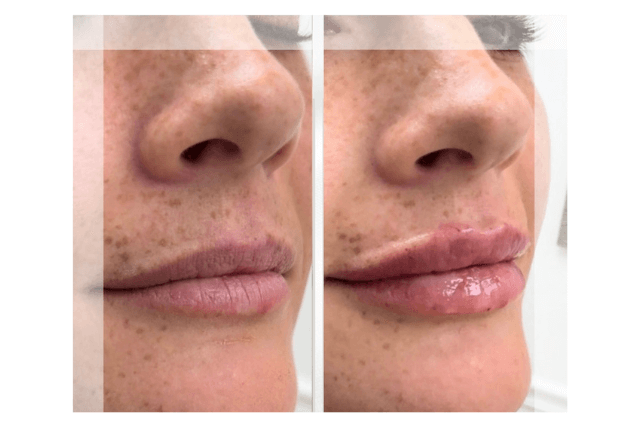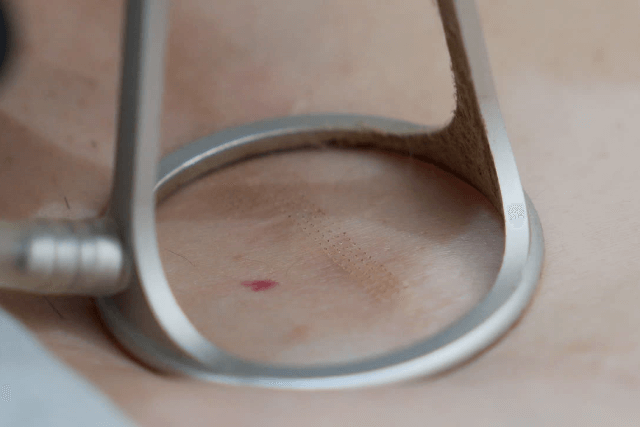Breast Reduction Surgery helps women find relief from overly large breasts that cause physical and emotional strain. Understanding what to expect before, during, and after the process can make all the difference. With this guide, you will learn about ideal candidates, common benefits, surgical steps, and key recovery strategies.
In fact, many women report less back pain and better posture. That alone motivates them to take action. Moreover, when they move more easily, they feel more confident too. This procedure involves removing excess fat, tissue, and skin. Then, surgeons reshape and lift remaining breast tissue for more balanced proportions.
Who Is a Candidate
To begin with, ideal candidates are adults in good overall health who experience physical discomfort or emotional distress from large breasts. For example, women who have chronic back or neck pain often qualify. Also, candidates may struggle with skin irritation or bra strap grooves.
Additionally, women who have completed breastfeeding and are not planning future pregnancies may benefit most. Choosing Suited Candidates often involves discussing weight stability. That way results remain consistent over time.
Next, surgeons evaluate breast size in proportion to body frame. Medical history and expectations also shape suitability. Ultimately, every candidate receives a customized evaluation to determine whether breast reduction matches her goals and health status.
Primary Benefits
Physical Comfort
Breast reduction relieves tension in the neck, shoulders, and upper back. Many women describe immediate relief. Also, they enjoy improved posture and better activity levels.
Emotional Well‑being
Smaller breasts often translate into more clothing options and confidence. Furthermore, women may experience improved self‑esteem and reduced anxiety about physical discomforts.
Improved Lifestyle
After surgery, activities like running, yoga, or swimming become easier. Additionally, women report fewer skin irritations and less sweating in breast folds. In other words, daily life becomes more comfortable and active.
Overall, breast reduction provides both physical and emotional benefits that improve quality of life.
Consultation and Planning
First, your surgeon will conduct a thorough evaluation. This includes reviewing your medical history and assessing breast size and skin quality. Also, imaging like mammograms may be ordered to rule out underlying conditions.
Next, you’ll discuss your goals and expectations. Surgeons explain incision types, tissue removal amounts, and potential lift results. They also review recovery timelines and potential risks. In addition, they will offer guidance about smoking, medications, and supplements before surgery.
Moreover, you will schedule pre-op lab tests and possibly nutritional evaluations. Then, a final appointment confirms details and ensures you feel informed and ready.
The Surgical Procedure
Breast reduction typically involves one of three incision techniques:
- Vertical incision (lollipop): A circular incision around the areola with a vertical line down to the breast crease.
- Wedge or keyhole incision: Less common, used for mild cases.
- Anchor incision: Circles the areola, vertical line, and a horizontal line along the crease.
During surgery, the surgeon removes excess fat, glandular tissue, and skin. Then they reshape the breasts and reposition the nipple-areola complex. Surgery usually lasts 2 to 4 hours under general anesthesia.
The procedure carries standard risks like any surgery. However, skilled surgeons use sterile techniques and careful closure to reduce risks. Patients receive compression garments and drainage tubes to support early healing.
Risks and Possible Complications
Every surgical procedure comes with risks. In breast reduction surgery, common risks include:
- Infection: Most cases are mild and treatable with antibiotics.
- Bleeding or hematoma: Usually detected early and managed promptly.
- Scarring: Visible but may Fade over time; guided by incision technique.
- Sensation changes: In nipple or breast skin; often temporary but sometimes permanent.
- Delayed wound healing: May occur in smokers or people with diabetes.
Also, rare complications include fat necrosis or poor symmetry. Healthy lifestyle and following surgeon instructions help reduce risks.
Breast Reduction Surgery Recovery and Aftercare
First few days: Expect swelling, soreness, and drains. Surgeons prescribe pain relief and antibiotics. Most women can shower carefully after drainage tubes are removed in a few days.
Weeks 1–2: It helps to wear a soft surgical bra around the clock. Rest and short walks are encouraged. Heavy lifting, vigorous activities, and driving discontinue for a few weeks.
Weeks 3–6: Bruising and swelling gradually improve. Patients transition to support bras without underwire. Surgeons clear most daily activities and light exercise after 4 weeks.
Long term: Full healing takes up to 6 months. Scars continue fading, and breasts settle into natural shape. Regular follow‑up appointments ensure good progress.
Key aftercare tips include:
- Keep incision sites clean and dry
- Avoid stretching or high-impact motions
- Use sunscreen on scars to improve appearance
- Maintain healthy weight and hydration
Breast Reduction Surgery: What to Expect Short-Term
Immediately after surgery, expect mild to moderate pain. Many patients describe it as tightness. Walking helps boost circulation. It also prevents stiffness and deep vein issues.
Swelling and bruising are normal and fade after weeks. Lymphatic massage or ultrasound therapy helps reduce swelling. It also speeds healing.
Emotionally, patients may feel excited yet impatient. That feeling is normal. Talking with supportive friends or counselors eases stress during recovery.
Long-Term Results of Breast Reduction Surgery
Most women feel relief from physical symptoms within months. Results include improved contour, less physical strain, and a boost in self‑esteem. Breasts tend to maintain shape and position long-term.
However, future life events like weight fluctuations, pregnancies, or aging may alter results. It helps to have realistic long-term goals. That said, when healthy habits continue, results remain satisfying for years.
Comparing Techniques
Surgeons choose techniques based on breast size, skin quality, and desired results. The vertical lollipop method suits moderate reductions. The anchor method fits larger reductions well. Minimally invasive wedge techniques help small-size changes.
Regardless of technique, surgeons aim to minimize visible scarring. In fact, most scars blend into natural breast creases or around the areola. In other words, results remain discreet.
Choosing a Surgeon and Final Thoughts on Breast Reduction Surgery
When choosing a surgeon, prioritize board certification and experience in breast reduction surgery. Review before-and-after photos and ask about complication rates. Also, check patient reviews and follow-up care policies.
Ultimately, breast reduction offers many physical and emotional benefits. With proper planning and professional care, you can experience relief, confidence, and improved well‑being.
To explore whether reduction is right for you, schedule a consultation. In that visit, you’ll learn about expectations, benefits, and recovery details.





